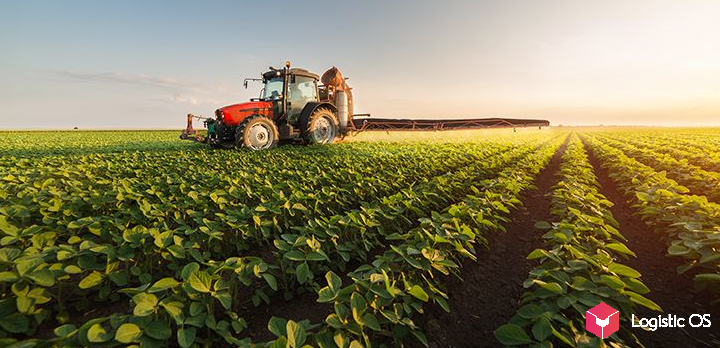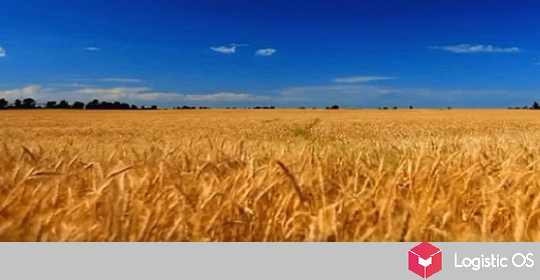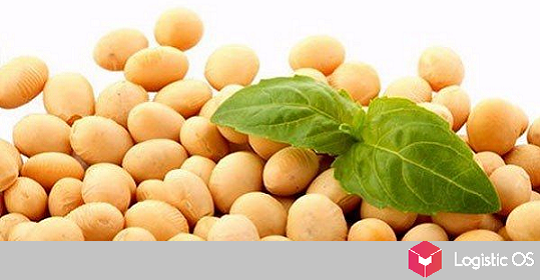According to the Food and Agriculture Organization of the United Nations (FAO), global food prices have been rising for the ninth consecutive month.
If we take the average value of the food price index, then it amounted to 116 points in February. Compared to January, this is an increase of 2.4%, and compared to last February — by 26.5%.
In general, food prices have reached their highest in the last 7 years.
In the first place in terms of growth rates — grain. From December to January, the price index rose by 7%, over the year — by 42%. Today, the growth rate of its value is the highest since 2014.
In second place are vegetable oils . The price index for them reached the level of 138.8 points, which is the maximum since 2012.
Bronze leader — sugar. In just a month, the price index increased by 8.1%. Today it is 94.2 points. This is the maximum since 2017.
The organization comments that the main reasons for the increase in prices are concerns that supplies from the leading manufacturing countries in 2021 will be limited. And not only because of the poor harvest, but also due to the fact that Russia, for example, has established quotas for the export of grain.
The second reason is the high level of import requests from Asian countries, in particular China.
Is there any reason to expect a decline in prices?
As noted by Daria Snitko, head of the Center for Economic Forecasting of Gazprombank, all these reasons for the rise in food prices are not fundamental . According to her, population growth in most countries is lower today than 10-20 years ago. The welfare of the population and its purchasing power also fell due to the pandemic. These are all factors that can pull prices down.
As for active imports from China, this is an unpredictable factor. During its trade wars with the United States or other countries, the Chinese authorities can at any time «turn the switch» and stop imports. And this is millions of tons of products annually. In the event of such a development of events, all these products will remain unclaimed, and their prices will plummet. But whether this will happen or not, no one knows yet.

Another intrigue is, as always, the harvest this year. If it is at the expected average level, then at least the rise in prices will not accelerate. But in case of any problems (drought, for example), jumps in the price charts can occur as soon as the problems become known — long before the harvest.
If the harvest in the main producing countries suddenly turns out to be record high, then this may become the factor that will have a beneficial effect on the market and reduce prices at least partially.

